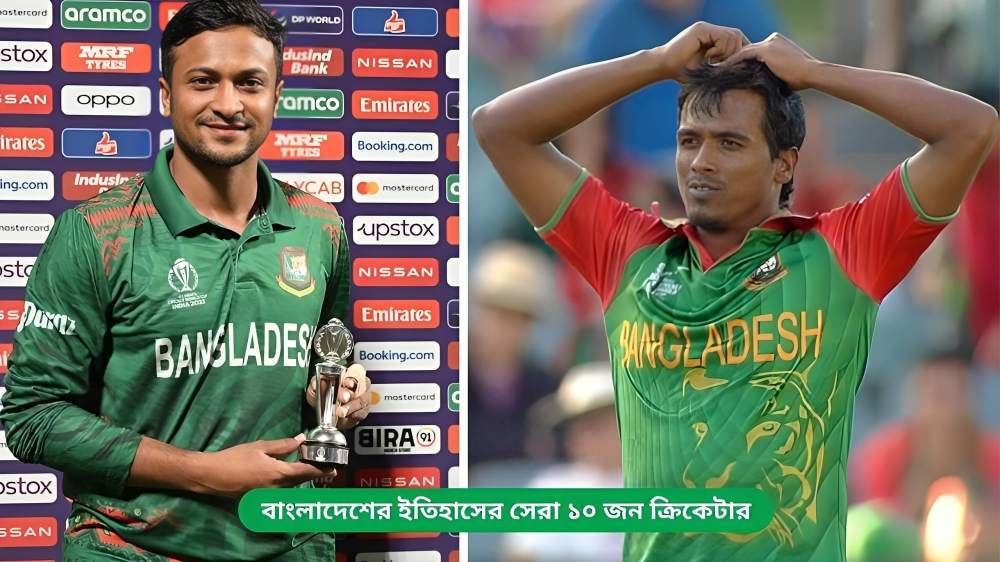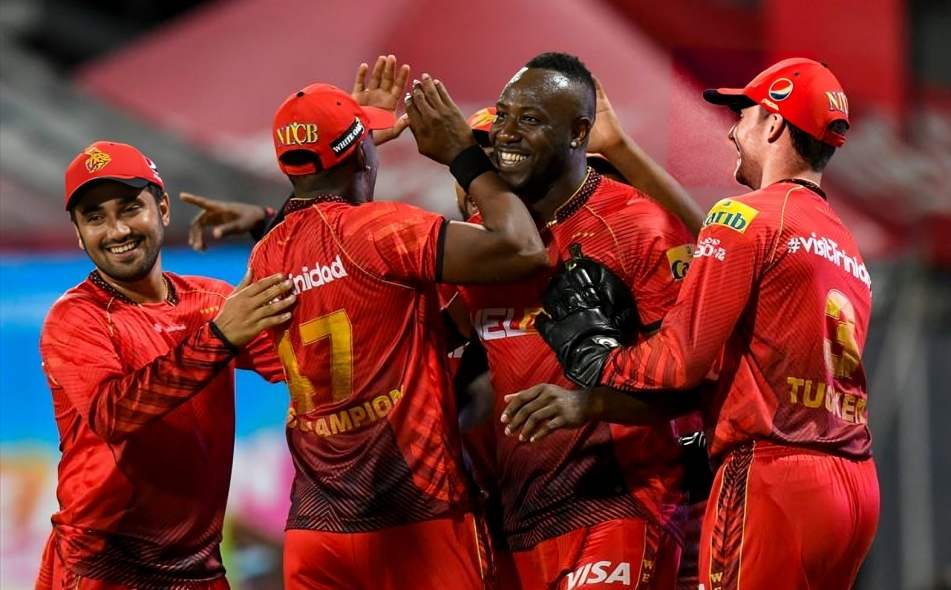The Cricket longest boundaries in history refer to the furthest distances a ball has been hit. Several players have set records for hitting enormous sixes. These distances vary depending on the ground and conditions, but some of the longest hits have traveled over 120 meters. It’s a remarkable achievement.
The Melbourne Cricket Ground (MCG) is one of Australia’s most famous sports venues. For over 100 years, it has hosted major cricket matches, Australian Rules Football games, and other big sporting events. It was even the main stadium for the 1956 Olympic Games. Known as “The ‘G” by locals, the stadium is close to Melbourne’s city center (CBD) and easy to reach by public transport or on foot. Many people, including city workers, walk there after work to catch evening cricket games.
Melbourne Cricket Ground

In the past, the MCG could hold around 125,000 people. However, upgrades in the 1980s and 1990s, which added more individual seats, reduced the capacity to about 97,000.
Table of Contents
The stadium is impressive, featuring the three-tiered Great Southern Stand (built in 1992) that alone seats nearly 50,000. Other sections include the Ponsford Stand, Olympic Stand, and Members’ Reserve. It also has a sports museum, two large electronic scoreboards, and many facilities for media and corporate guests.
Although many curators received criticism from players and fans for creating slow, low-bouncing pitches in the 1980s and early 1990s, the MCG has, for most of its history, provided balanced contests between bat and ball. This was seen in famous matches like the 1982-83 Test between Australia and England, the exciting 1987-88 Australia-New Zealand decider, and the 1992 World Cup Final between Pakistan and England.
The Yarra Park area around the sports stadiums is a large green space, great for a walk by the Yarra River. You can follow a path lined with statues of famous Australian athletes on the Tattersall’s Parade of Champions, which honors top sportspeople who have played at the MCG.
Birrarung Marr is a large park near the Melbourne Cricket Ground (MCG), located in the heart of Melbourne, Australia. The park’s name comes from the Wurundjeri people, the traditional custodians of the land. “Birrarung” means “river of mists,” referring to the Yarra River that runs through the area. Birrarung Marr is known for its beautiful landscapes, sculptures, and artworks that honor and celebrate the rich Aboriginal culture of Victoria. The park provides a peaceful space for relaxation, and its cultural displays offer visitors a chance to learn about the history and heritage of the Indigenous people.













